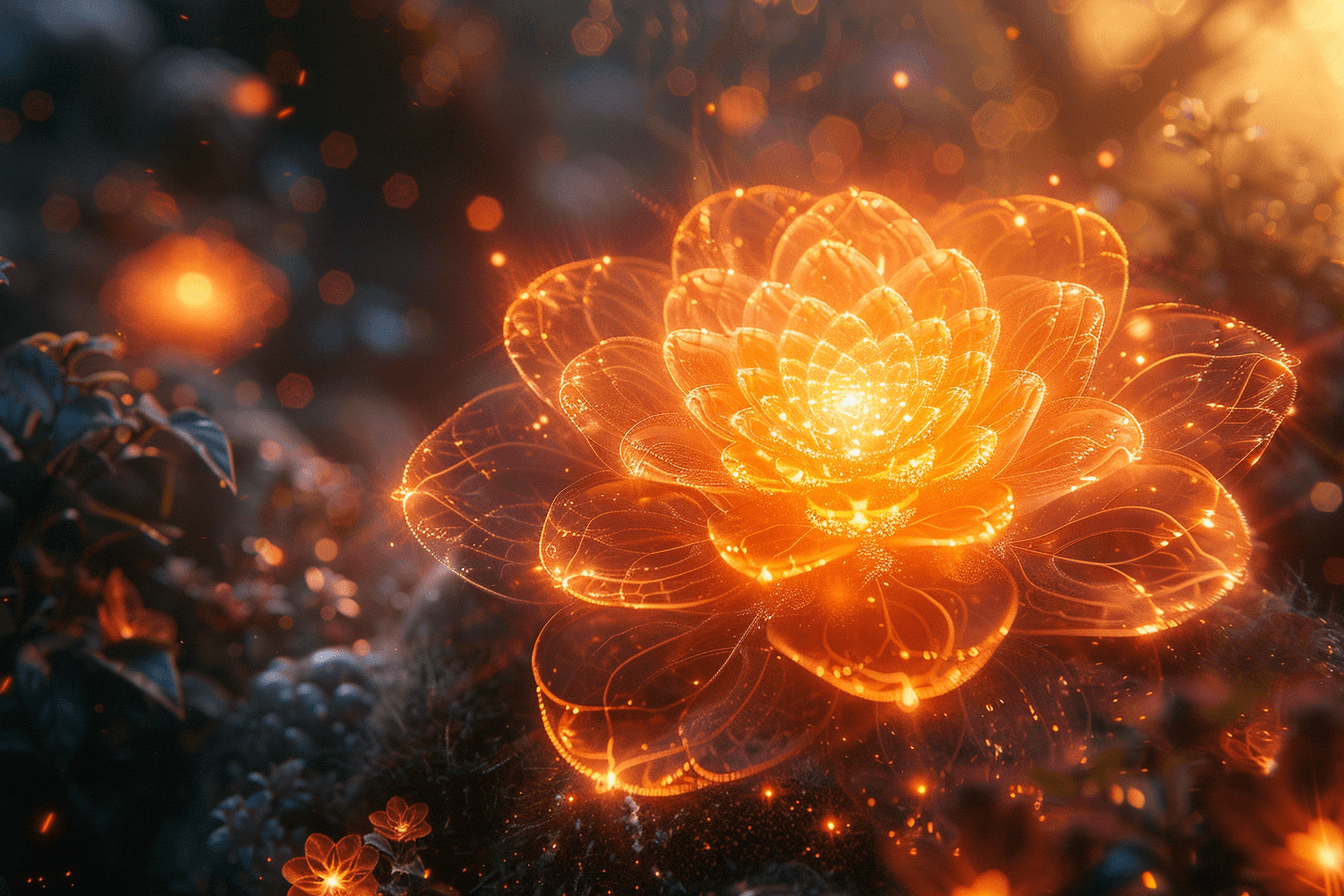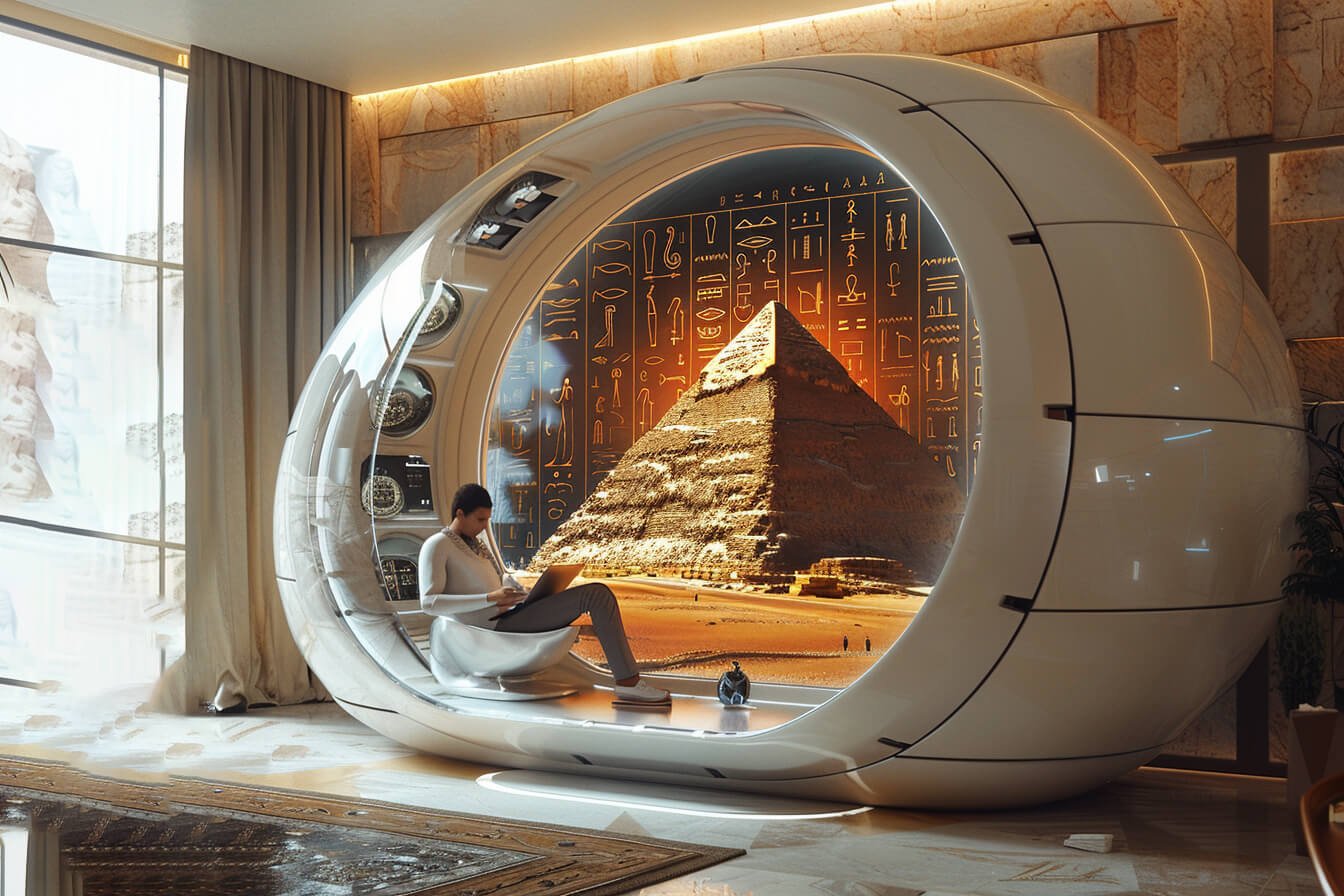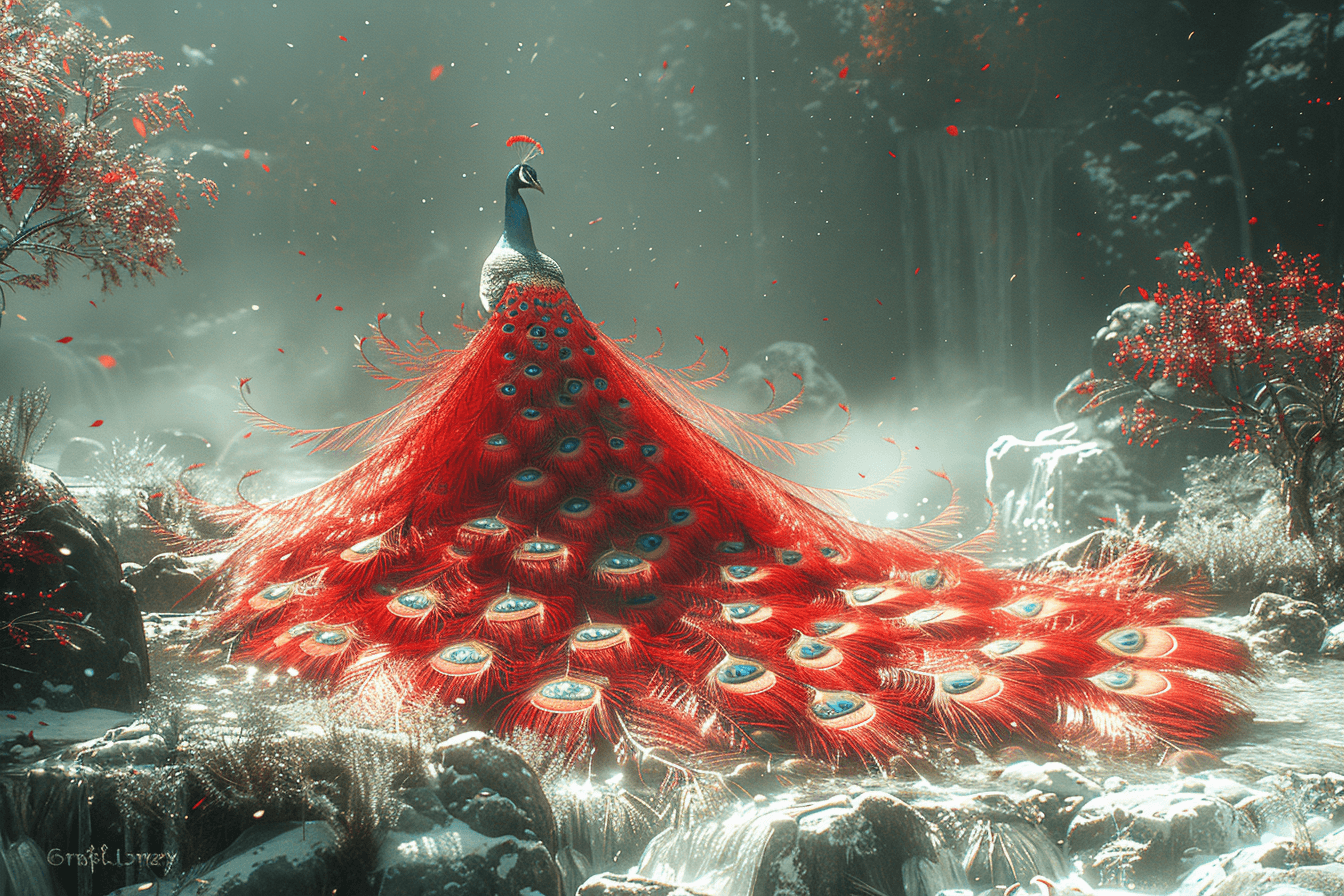The Hidden Language of Nature
When experiencing nature, one perceives its profound beauty immediately. You do not need to research or question its purpose, as it so easily becomes a source of deep relaxation, rejuvenation, and inspiration for so many. Yet, what if we look more deeply into nature? What would we find? And how would it impact the way we see ourselves, the world, and our creations? During this launch into the realm of foresight, we will explore the hidden language of nature and project how current trends that use nature’s language are positioning humanity for the future. Are you ready?
Current Trend: Pulling from Nature’s Data
When we look more deeply into nature, we begin to see its underlying systems. For example, the rising and setting times of the sun, the phases of the moon, or the seasonal blooming of plants. Seeing these patterns as the gateway to nature’s data is important, as these patterns can help humanity to advance and evolve our creations.
Already there are examples of art and design that use nature’s patterns to create new experiences and functions. The following are three projects that serve as examples of this trend:
-
Interactive Kinetic Sculptures: An interactive kinetic sculpture located on a cruise ship uses the tide and wind data to dynamically move its tiles in a Fibonacci pattern. (1)
-
Solar Art Installations: The Arco del Tiempo (Arch of Time) project is a public art installation designed as a sundial and energy generator. (2)
-
Kaleidoscopic Rivers: An immersive multimedia tunnel uses technology to create a multi-sensory river where fireflies, starlit skies, and nature’s seasons all inspire a memorable water-ride. (3)
As you can see from the latter three examples, the trend of “pulling from nature’s data” is well underway. Such art and design projects certainly create memorable experiences that express and spark new ways to think about and engage with nature. But what comes next? How are these innovations in art and design positioning humanity for our next evolution? Where do we go from here?
Let’s explore more deeply:
Future Trajectory: The Nurturing of Nature
One may ask: How can we focus the power of art and design to do the most good for the world? To answer this question, we need to look beyond its power to pull from nature’s data, its hidden language. In the diagram below, you can see an evolutionary spectrum that simplifies the progress of how art and design interplays with nature. With inventions such as the airplane, one can see design mimic a flying bird. With designs such as Frank Lloyd Wright’s Falling Water, we see how nature can be interpreted. Then, with installations such as the Royal Caribbean’s cruise ship interactive kinetic sculpture, we see how nature’s data patterns are pulled into the aesthetics, function, and meaning of projects. Ultimately, we can see what new evolutionary opportunities lie ahead for the future of design: the nurturing of nature.
Spectrum of Human Interplay with Nature through Art and Design
By pulling from the hidden language of nature to build new kinds of systems through art and design, it will eventually become possible to give back to nature in entirely new ways — in ways that nurture nature, including humanity. By thinking of art and design as not only a means by which to express ourselves, we can enter a new era where what we create yields thrivability for all life on earth. In doing this, the creations of humanity become “vehicles” that nurture life as it grows and evolves. Thus, the future of art and design is positioned to not only pull from nature, but to also give back to it for its nourishment. This becomes art and design that helps nature heal and flourish, not merely survive.
The future can be a place where all life thrives.
For this, the realm of foresight design awaits.
References:
(1) Kalvapalle, Rahul. (2024) Interactive Kinetic Sculptures. TrendHunter.
(2) Hemsworth, Michael. (2024) Stunning Solar Art Installations. TrendHunter.
(3) McQuarrie, Laura. (2024) Kaleidoscopic Lazy Rivers. TrendHunter.







